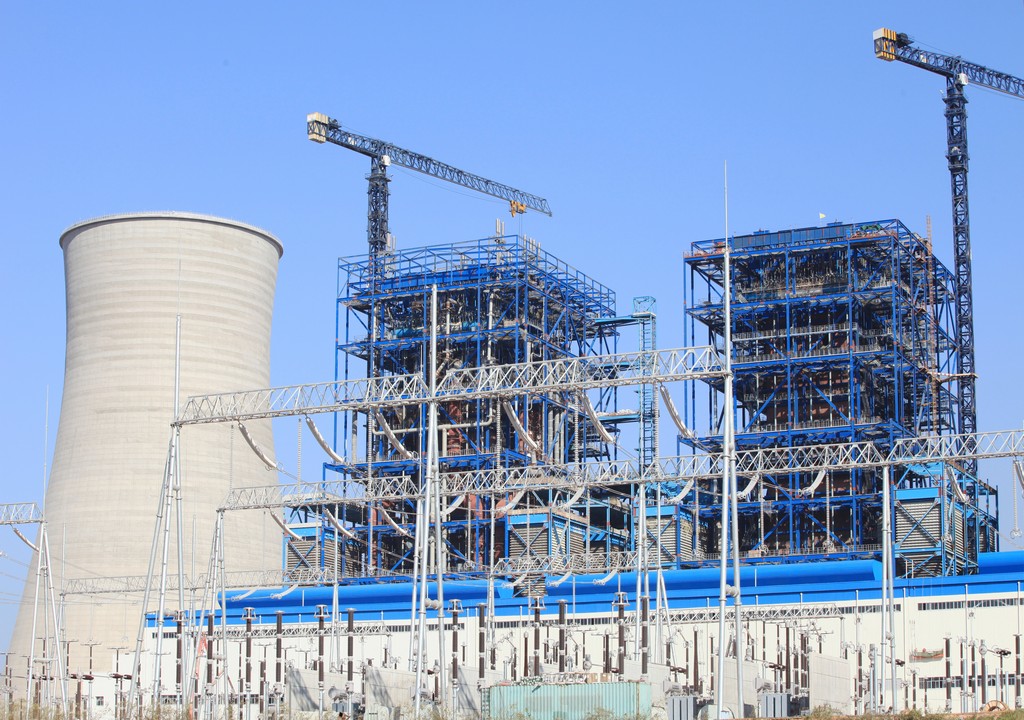Revised energy roadmap will include nuclear energy
- September 4, 2023
- 0

The revised energy roadmap by the Department of Energy (DOE), which extends up to 2050, will now include nuclear energy, while increasing renewable energy targets, under a clean energy scenario.
The Philippine Star reported that the DOE has already conducted the first public consultation of the Philippine Energy Plan (PEP) 2023 to 2050 which includes two scenarios: the reference scenario and the clean energy scenario.
DOE Undersecretary Giovanni Bacordo explained the difference between the two, stating that the reference scenario will be based on the previously established renewable energy (RE) targets. Meanwhile, the clean energy scenario would support the entry of additional capacities from nuclear energy, the repurposing of coal, and the recent decision to retire some of the coal facilities.
On one hand, the goal percentage of renewable energy, if the reference scenario were to be adopted, would be 35% by 2030 and 50% by 2050. By 2040, it is also anticipated that 10% of all vehicles on the road be electric vehicles (EVs).
The goal of clean energy, on the other hand, is to increase the proportion of renewable energy in the generation mix to 35% by 2030, 50% by 2040, and more than 50% by 2050. Two choices for offshore wind would also be included in this scenario. one offering a lower capacity of 19 gigawatts (GW) by 2050 and the other one offering a higher capacity of 50 GW by that year.
The gradual development of nuclear energy is also taken into account in the clean energy goal, with 1,200 megawatts (MW) of capacity planned by 2032, 2,400 MW by 2035, and 4,800 MW by 2050.
DOE director for the Energy Policy and Planning Bureau Michael Sinocruz earlier mentioned that the department is considering the retirement of some coal-fueled power plants. One criterion that they were considering was that the plants had already reached the maximum of their technical life.
Regarding EVs in road transport, the goal is to reach a 50% share by 2050, while biodiesel is aiming for a 5% share by 2025. Energy efficiency and conservation are also targeted, with a goal of achieving up to 10% energy savings on oil products and electricity by 2050.
The foundation of PEP is banking on the accelerated utilization and development of RE as well as strengthening climate undertakings and boosting self-sufficiency in energy.